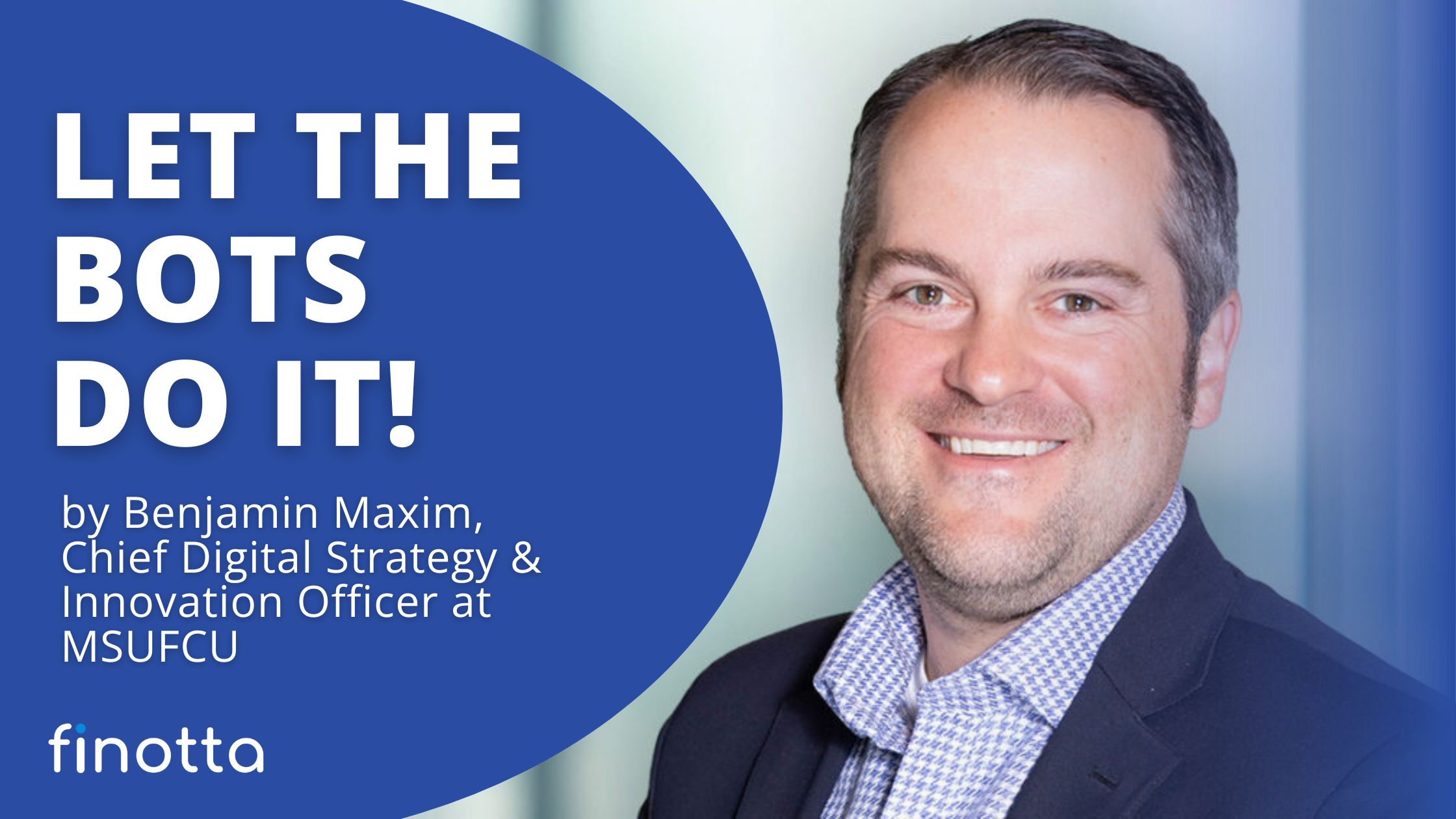Benjamin Maxim
Feb 28
5 min read

